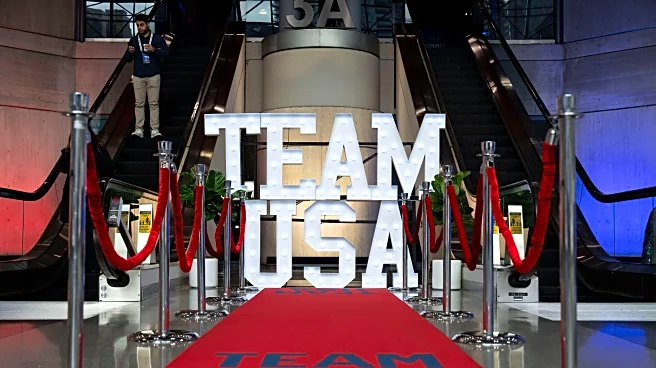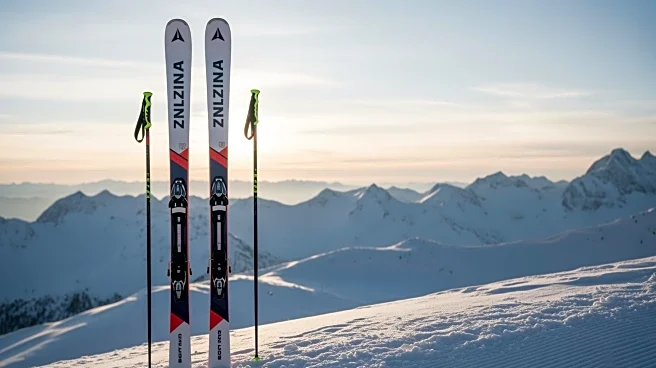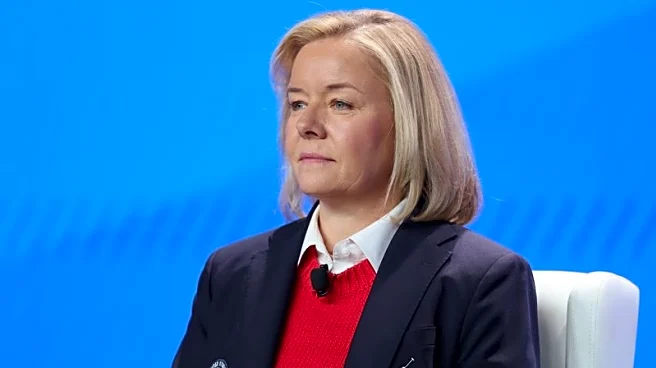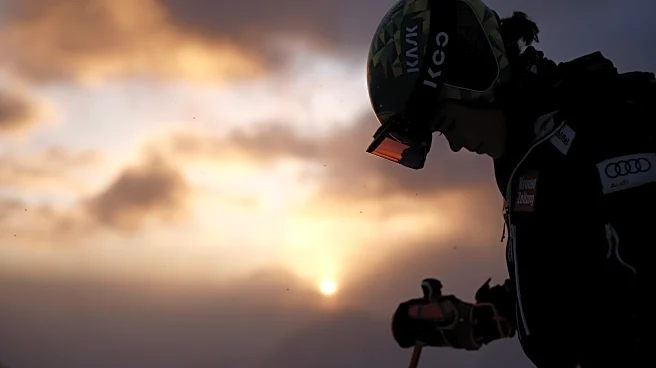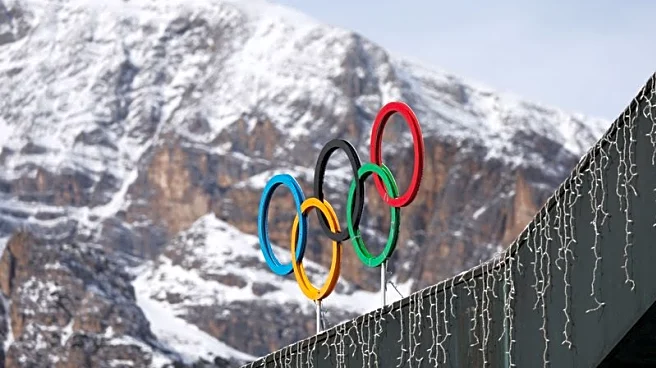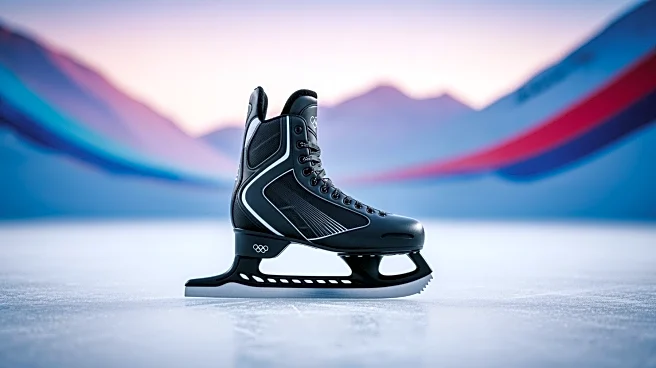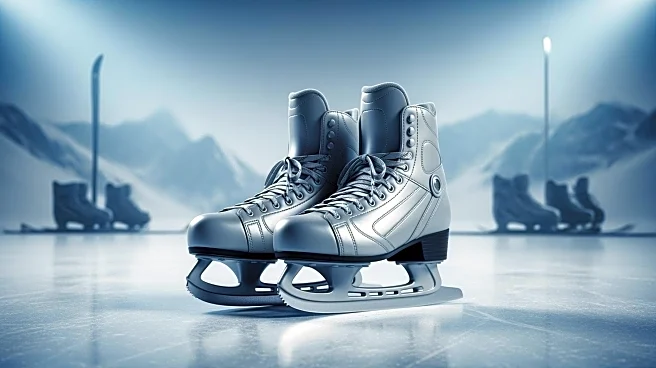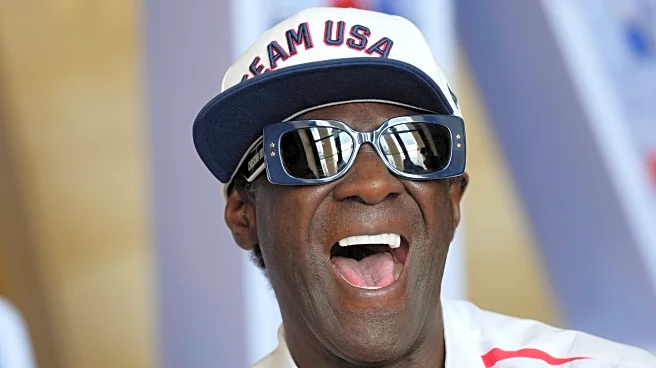What's Happening?
The 2026 Winter Olympics, set to take place in Milan-Cortina, Italy, will be spread across more than a dozen venues in seven regions throughout northern Italy. This expansive setup covers over 10,000 square miles, ranging from the urban environment of
Milan to the mountainous areas of Livigno. Sarah Hirshland, the chief executive of the U.S. Olympic and Paralympic Committee, has advised fans to be realistic and patient when planning to attend multiple events due to the fragmented nature of the venues. Despite the logistical challenges, Hirshland expressed confidence that Team USA could leverage this setup to their advantage, as many U.S. athletes are familiar with Italy, having competed and trained there frequently.
Why It's Important?
The dispersed nature of the 2026 Winter Olympics presents both challenges and opportunities for the U.S. Olympic team. The logistical complexity of traveling between venues could pose difficulties for athletes, fans, and organizers. However, the familiarity of U.S. athletes with the Italian environment could provide a competitive edge. This situation underscores the importance of strategic planning and adaptability in international sports competitions. The event also highlights the broader implications for tourism and local economies in the host regions, as the influx of visitors will require significant infrastructure and hospitality services.
What's Next?
As the Olympics approach, the U.S. Olympic and Paralympic Committee will likely focus on optimizing travel and accommodation logistics for athletes and support staff. Fans planning to attend will need to prepare for extensive travel between events. The host regions in Italy will continue to develop infrastructure to accommodate the expected influx of international visitors. Stakeholders, including local governments and businesses, will be keenly interested in the economic benefits and challenges associated with hosting such a widespread event.


